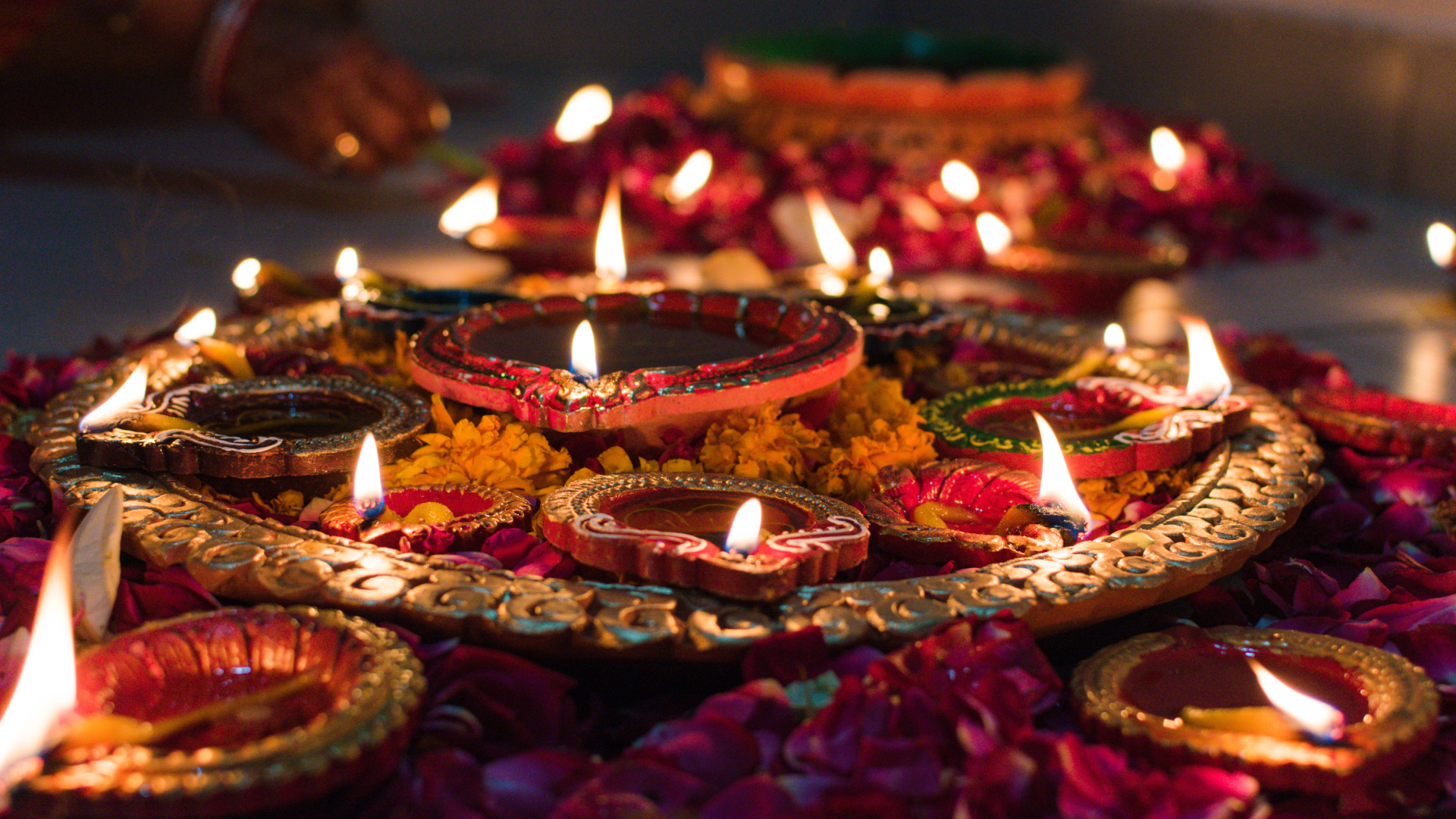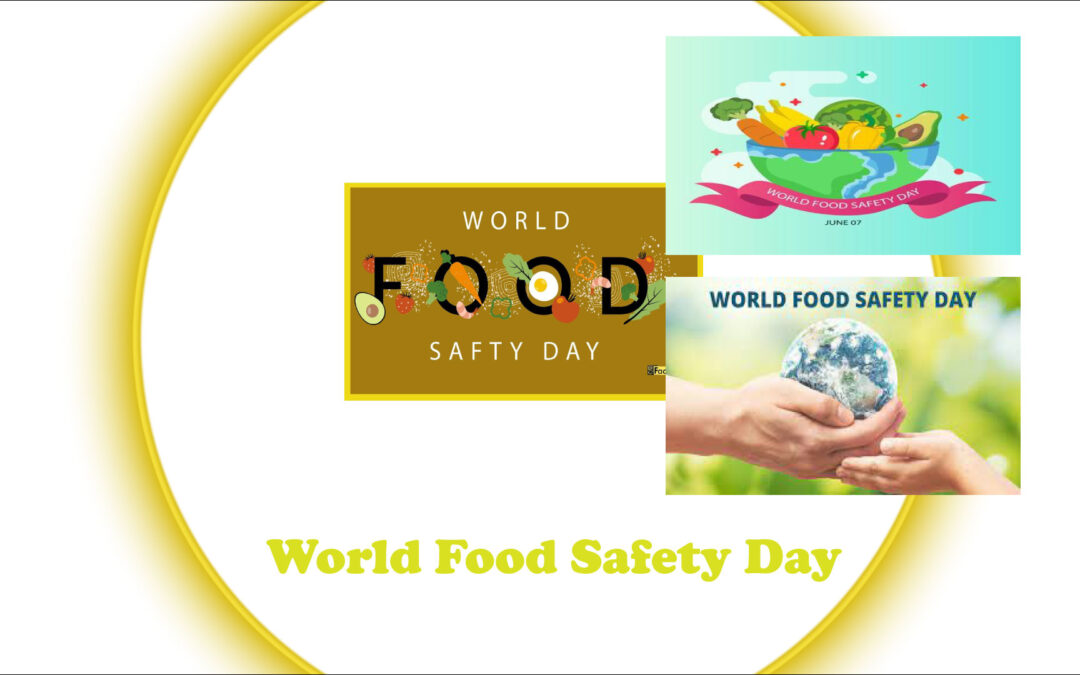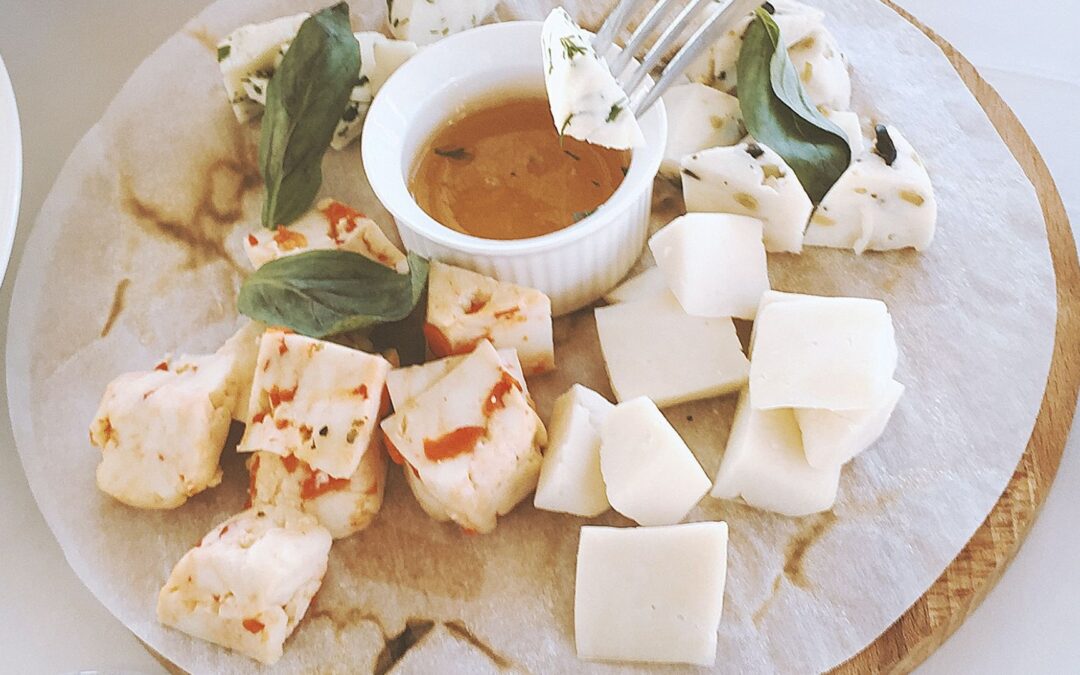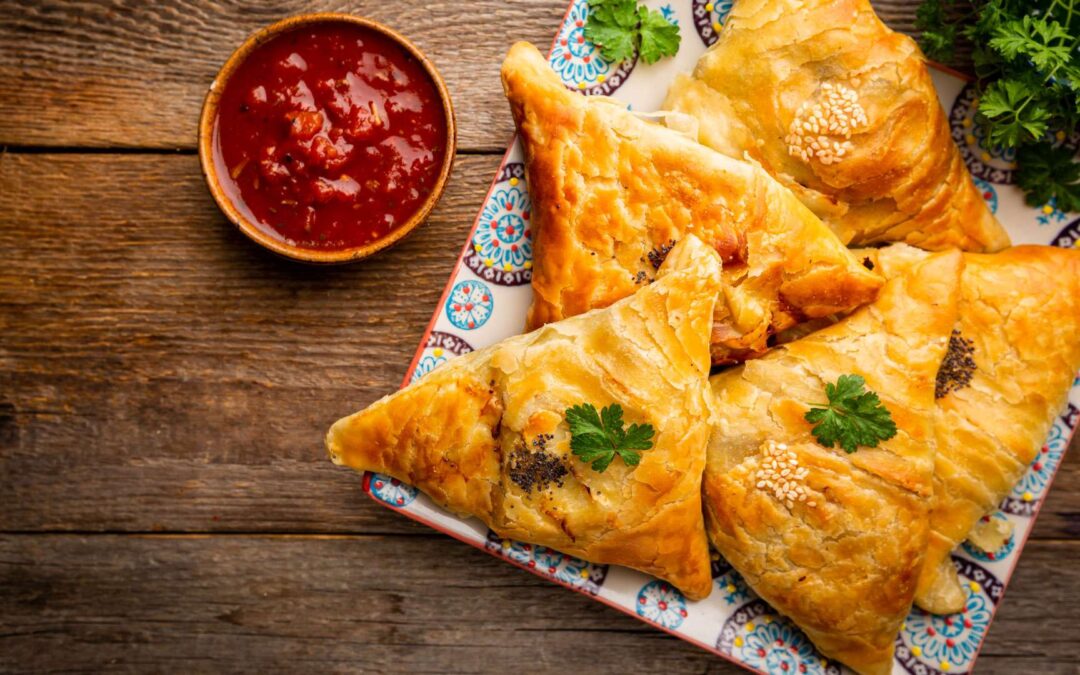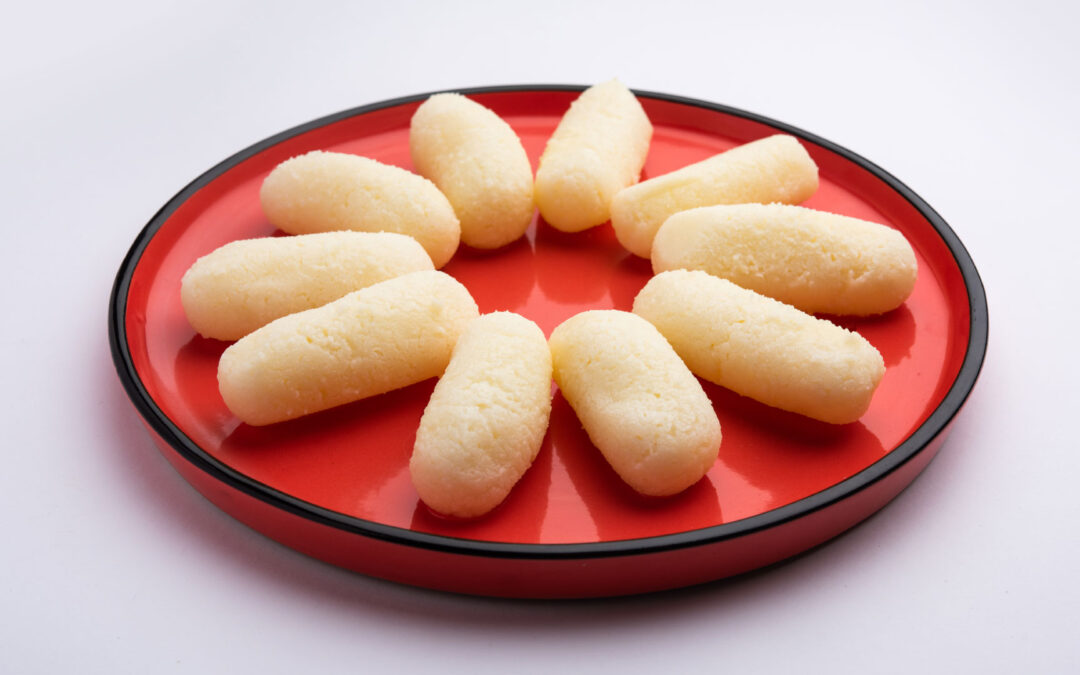Diwali is one of the few important and festive ceremonies of Hinduism. On this day, Hindus organize various events in their homes. The name ‘Deepavali’ means ‘Sum of Lamps’. On this day, Hindus light small earthen lamps in their houses. Lighting this lamp is a symbol of expulsion from evil. North Indian Hindus believe that if the house is kept clean and the lamp is kept on all night, Laxmi, the goddess will come to the house.
The most common of the mythological stories associated with the history of Diwali is the return of Rama, Sita and Lakshmana to Ayodhya. But there are many more stories associated with Diwali.
According to the Ramayana, Rama, Sita and Lakshmana returned to Ayodhya in Diwali after killing Ravana on Dussehra. The whole city of Ayodhya was decorated with lamps to welcome them.
There is also said in the Mahabharata that Narakasur, the son of Bhudevi and Varaha, started a great tyranny by occupying heaven and earth and became very powerful. Lord Krishna killed Narakasur and rescued 18,000 captive women in his palace. Krishna married all of them. But before his death, Narkasur asked Krishna for a boon so that the day of his death would be celebrated with pomp and circumstance. It was on this Diwali that Krishna killed Narakasur.
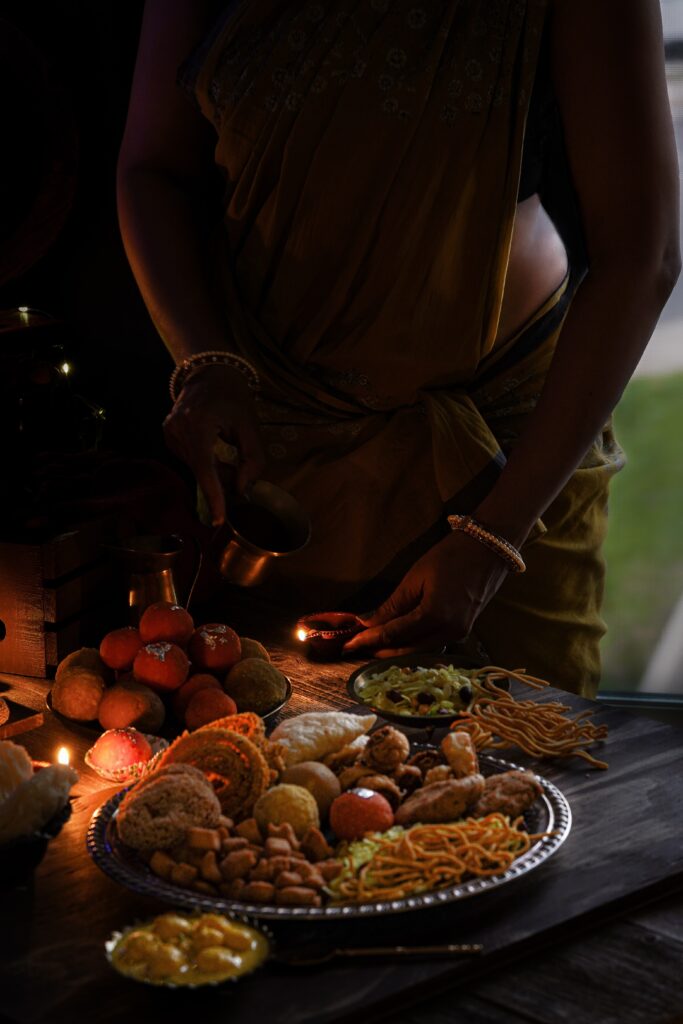
On this day in Bangladesh, Hindus hold ‘pujo’ at home and also worship mother Kali in ‘the mandap’. And in the evening, everyone’s house seemed to glow with the light of day. On this day various dishes are arranged along with various rituals. Today I will discuss some of the sweets of Diwali.
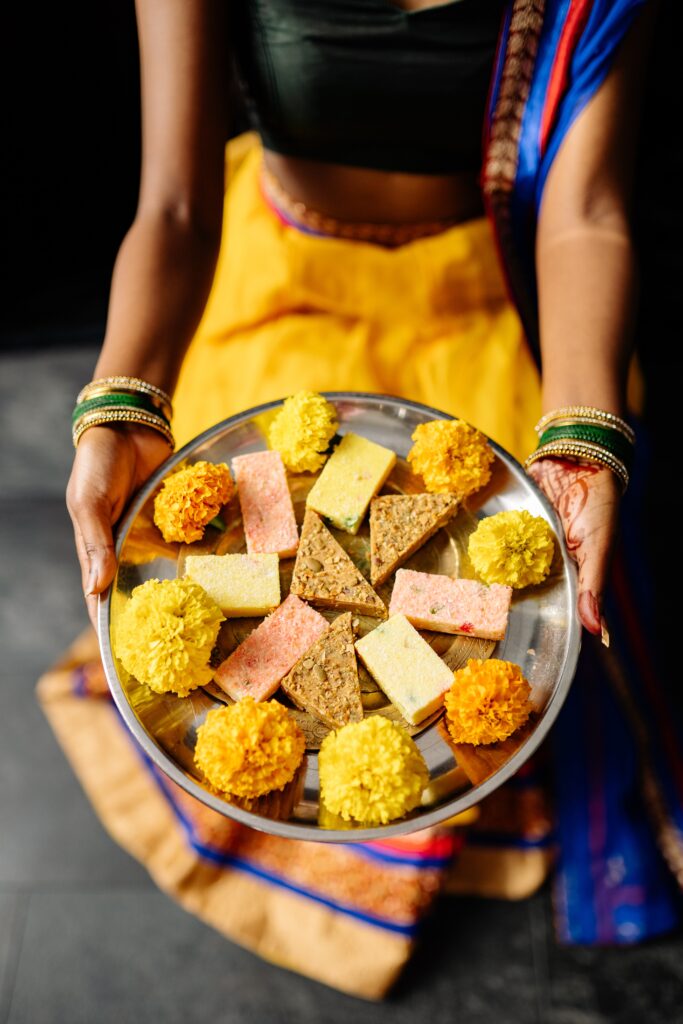
Halua (Pudding):
During this festival, different haluas are made. Of these, Suji (Semolina) Halua is especially popular. Suji halua is usually made with milk, semolina, sugar etc. Besides, various haluas including Boot- Dal (Gram Pulse) Halua, Gajar (Carrot) Halua, Maskalai-Dal (Vigna Mungo) Halua are also made.
Mishti (Sweet):
Various types of sweets are also the attractions of this festival on the dining table. However, among the various types of sweets, Kalojam and Rasgolla are a little more popular among the sweet-loving Bengalis.
Sandesh:
Not only sweetmeat but also Sandesh is very attractive to everyone at this festival. Sweet-loving people can’t sit without a good Sandesh while eating. Various Sandeshs including Chhanar Sandesh, Para Sandesh, Kacha Golla are arranged at the dining table.
Khir or Payesh:
This sweet dish is made with milk, atap or polao rice, sugar, raisins and various ingredients, which is very popular among the Bengali people. Festivals remain incomplete without this payesh or Khir. Not only polao rice but also carrots and Kaun are used to make this item on this day.
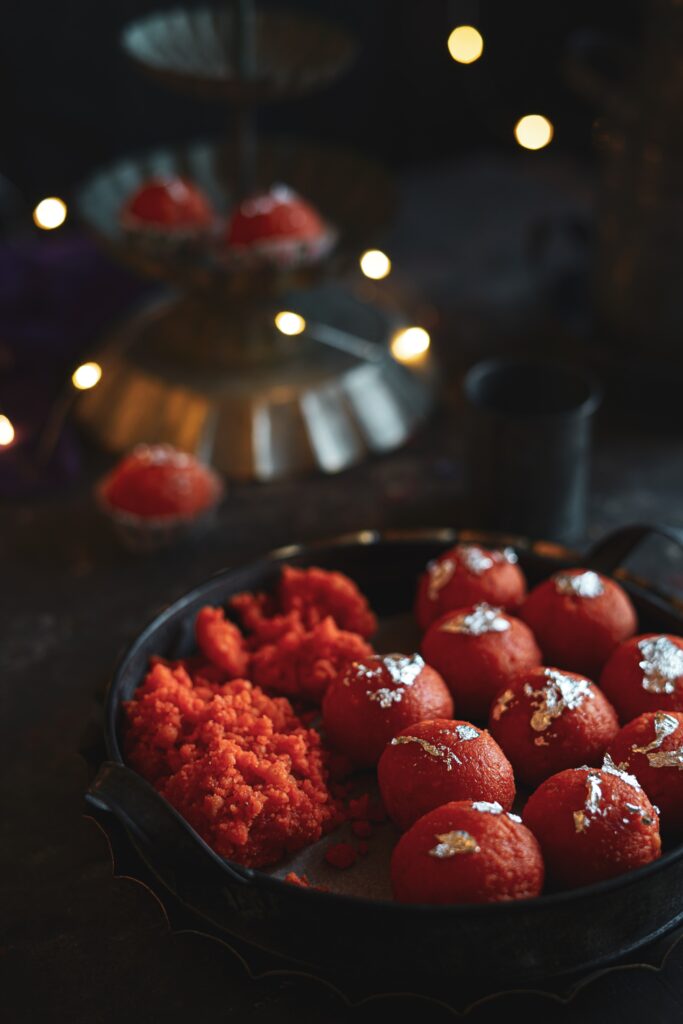
Laddu:
Among the sweets, laddu is another favourite thing of the people of this country. The recipes of some local laddu of rural Bengal in this country including Motichur laddu, Coconut laddu, and Besan laddu seem to bring another dimension. If there is no laddu, the number of people among Bengali sitting at the table with sullen faces.
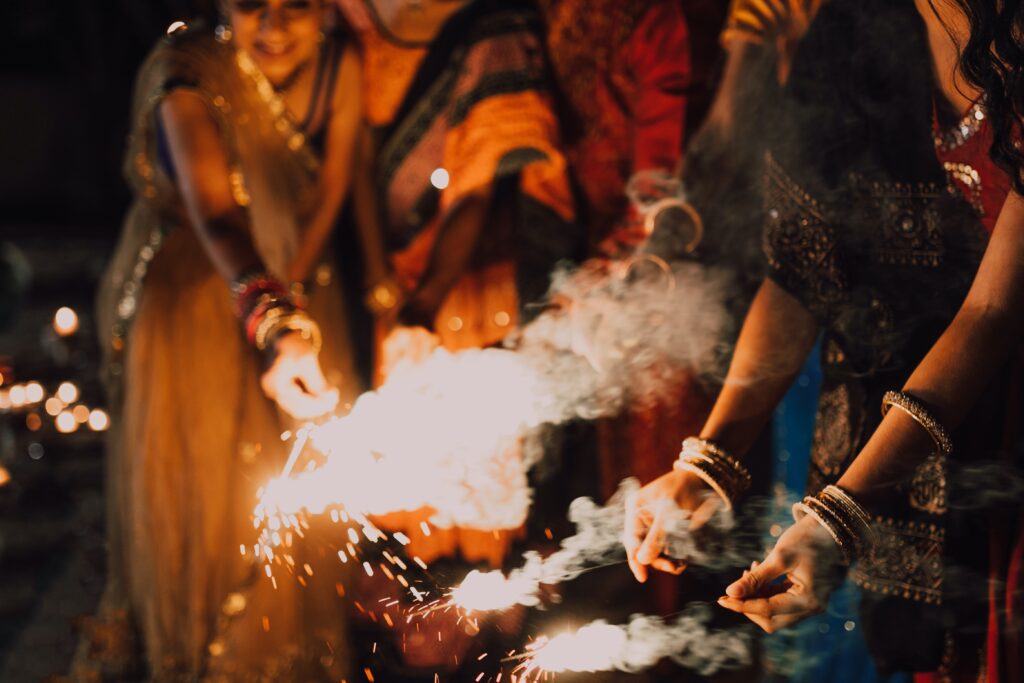
This festival of Diwali is celebrated in different ways in different countries. The customs are different and also the arrangement of the food can be changed. However, there is no shortage of celebrations anywhere on Diwali. The whole time of the festival becomes interesting with the lighting of lamps on the night of Diwali and the arrangement of such tasty food.

